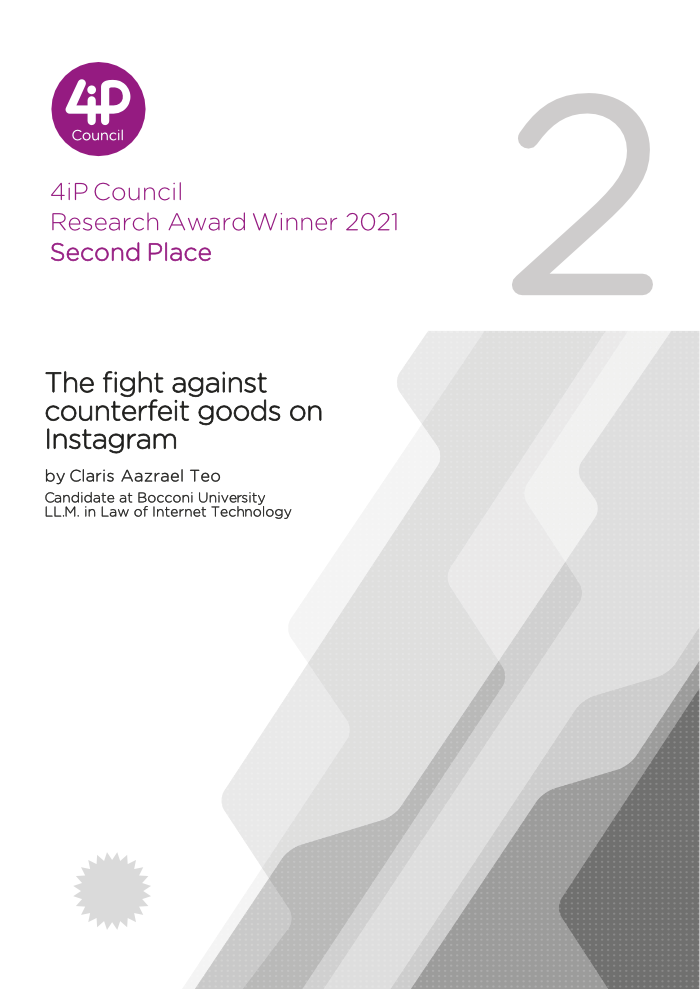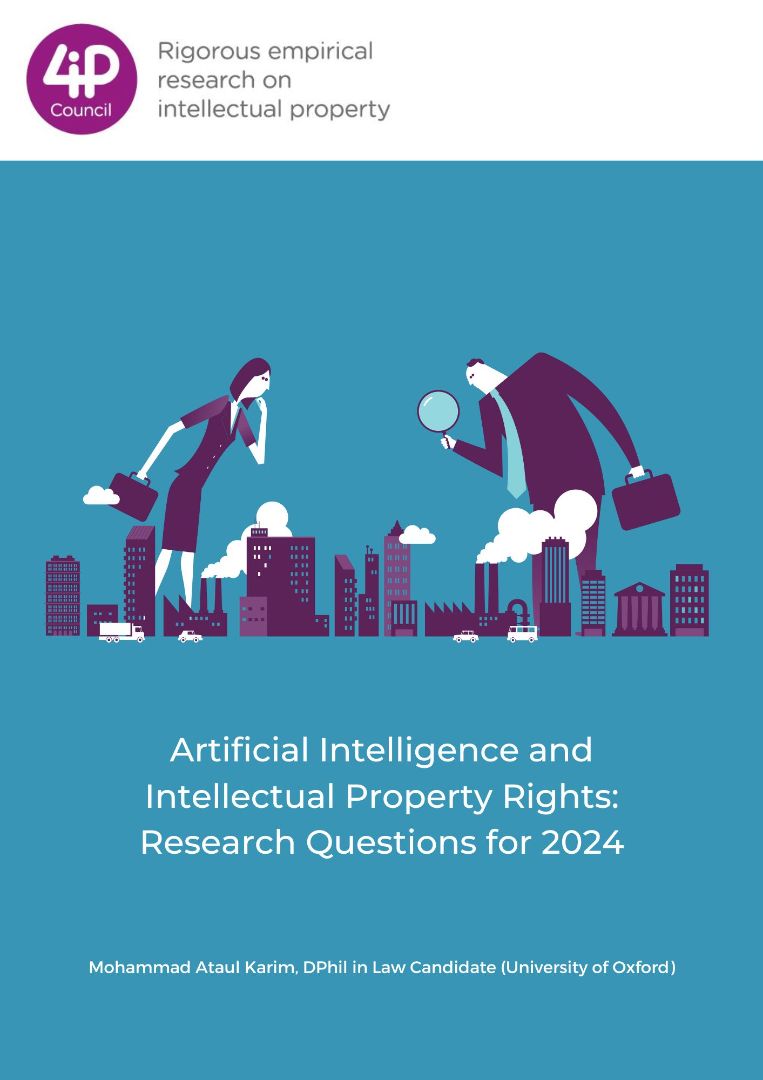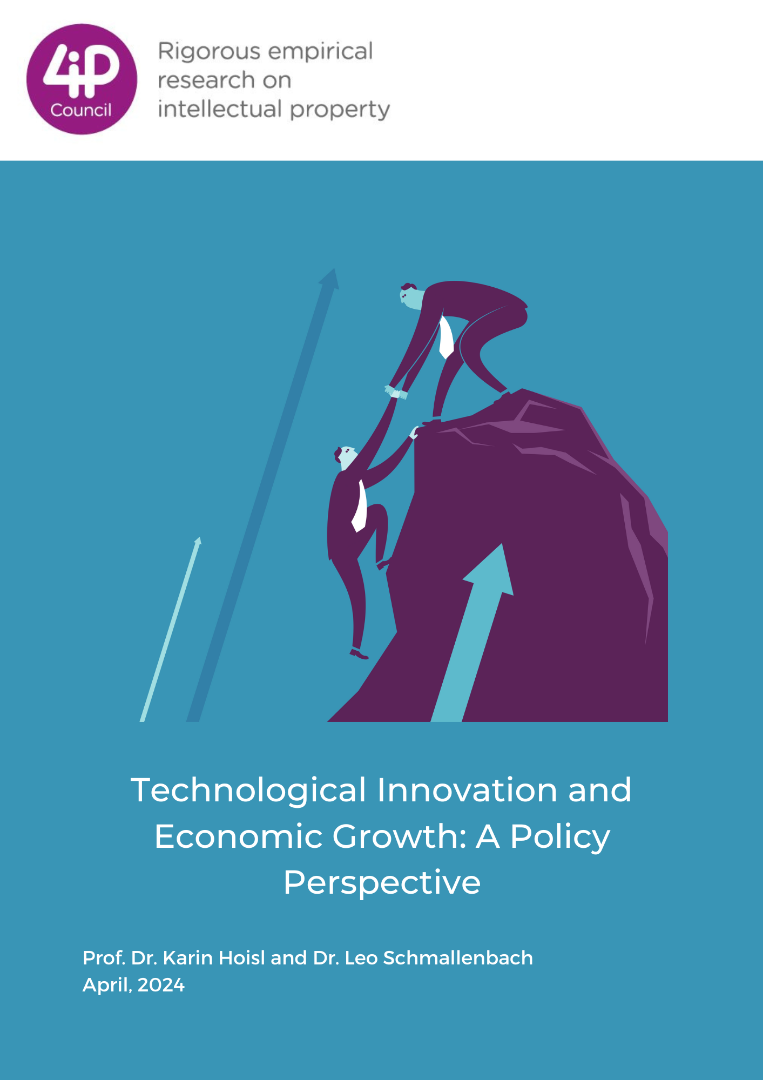The Fight Against Counterfeit Goods on Instagram
Claris Azrael Teo
Summary
The pandemic has given rise to an increase in online shopping, particularly in luxury goods. This has also seen an increase in luxury brands turning to social media to advertise and sell their products to consumers. More specifically, there has been a marked increase in the number of people in Southeast Asia who use social media to view luxury products and make luxury purchases on the brand’s e-commerce websites. The number of people who are purchasing luxury goods in Southeast Asia is increasing but at the same time, the number of counterfeit goods is increasing as well. Counterfeit goods are being sold through social media platforms and it becomes difficult to distinguish what is genuine and what is fake.
The modus operandi of a counterfeit goods seller is to create multiple social media accounts and entice consumers by posting images of these fake goods, which would lead them to websites that sell these counterfeit goods. As social media platforms lack sufficient mechanisms to combat counterfeit goods and platforms such as Instagram does not require much verification to create an account, it makes it easier for sellers to use these platforms to sell their goods. Though counterfeit goods have always been a challenge for social media platforms, it is more important now, more than ever, for social media platforms such as Facebook and Instagram to combat counterfeit goods to reduce confusion amongst consumers and to increase public trust in the platform.
This paper would be evaluating the current measures in place to combat counterfeiting and analyse this against the backdrop of ASEAN countries’ economy and socio-legal landscape, this paper will focus on Singapore, Thailand and Cambodia. The second half of this paper would be dedicated to proposing a multi-pronged solution to combat counterfeiting. First, this would be an analysis of the consumers’ mindsets when purchasing counterfeit goods as some, if not most, consumers of counterfeit goods intend to purchase these counterfeit goods. This paper would then explore ways to educate these consumers on the adverse effects of purchasing counterfeit goods. This would be in addition to educating unsuspecting consumers on what to look out for when purchasing luxury items online, in particular on social media. Second, this paper will look into the additional measures that Facebook and Instagram can put in place to ensure that they are also actively combating counterfeiting. Third, brands can also combat counterfeiting by implementing counterfeit-resilient supply chains.
To conclude, the fight against counterfeiting should be a joint effort from governments, social media platforms, internet providers, the brands themselves and the community. The responsibility of combating counterfeiting should not rest on one sector of society alone.






